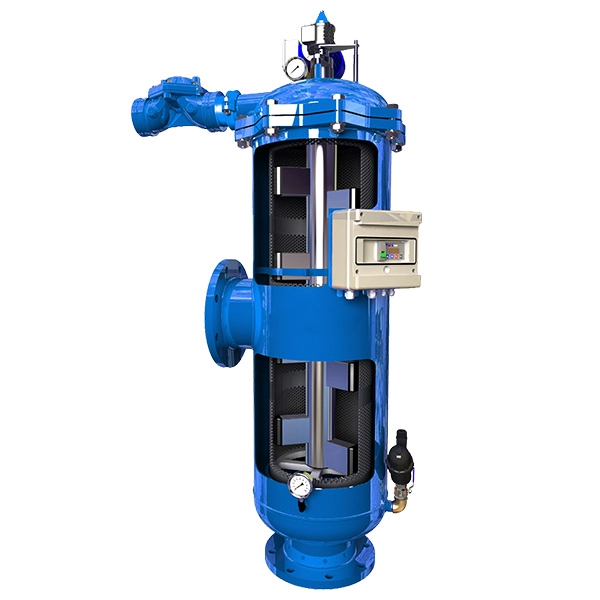Normal Pressure Range:
Many people would ask what the ideal reading of a filter pressure gauge should read? You can’t specify a single pressure range that is appropriate for all pool pressure filters or screen filters. However, if you can consider anything normal, then considering 10 psi normal, is correct. Usually, most pressure filter systems are designed to work in the 5 to 15 psi or 10 to 20 psi range. We have discussed some general readings of pressure filter gauge and their solutions in further sections.
Pool Pressure Gauge is Showing Low Readings:
When the pressure of a pressure filters system is lower than normal this can translate to a flow problem before the pump. There is a chance of blockage in the water flow into the pool pump. Keep in mind that it is never a problem after the pool pump. This is because the water is under pressure after the impeller and any kind of obstruction under such circumstances would result in a higher than normal pressure reading instead of lower pressure. Therefore, it is time for you to look before the pump or at the pump for the solution. Some common reasons for low pressure readings can be:
- A clogged pump basket or impeller.
- The probability of eyeball fitting not in the right place at pool returns.
- Water bypassing the filter because of the filter valve.
- The entrance of air into the system from the pump intake, lid, or even valves.
- Partially or fully closed skimmer pipes or main drain cover.
- Cracked or collapsed skimmer pipes.
Higher Reading of Pool Pressure Gauge:
When the pool pressure gauge is showing higher than normal pressure values, there could be a problem with the water flow. However, here the problem lies after the pump, unlike the lower pressure situations. A higher pressure usually indicates a dirty pool filter. Most probably it is time to backwash or pulls out the filter cartridge for cleaning. You need to be careful in the case of higher water pressure because the filter tank is likely to rupture with quite a force. Therefore, you need to stay vigilant regarding the reading on the pressure gauge and keep your hand on the switch while starting the pool filter. Problems that lead to higher pressure gauge readings are:
- A dirty pool filter.
- Fully or partially closed return side valves.
- Restrictive eyeball fittings.
- Problems with filter media,
- Broken internal filter, heater, and filter valve parts.
For more information visit our website or Contact us now



No comments:
Post a Comment